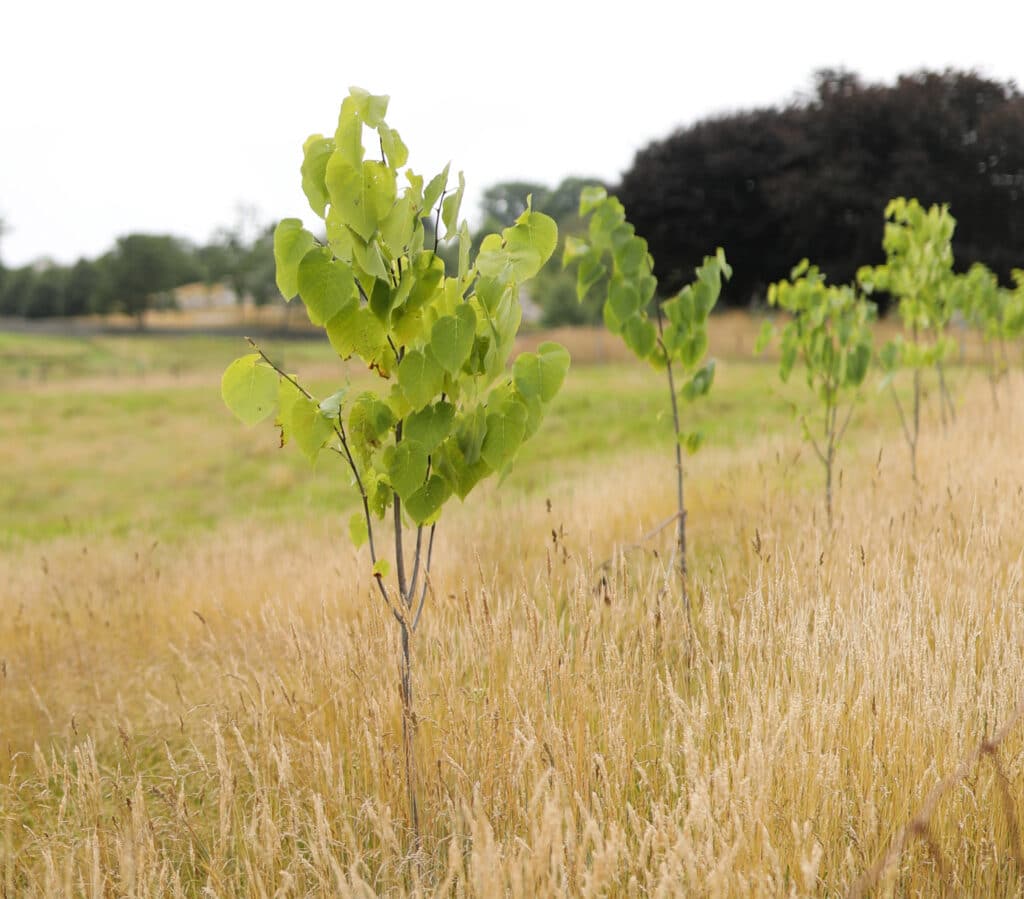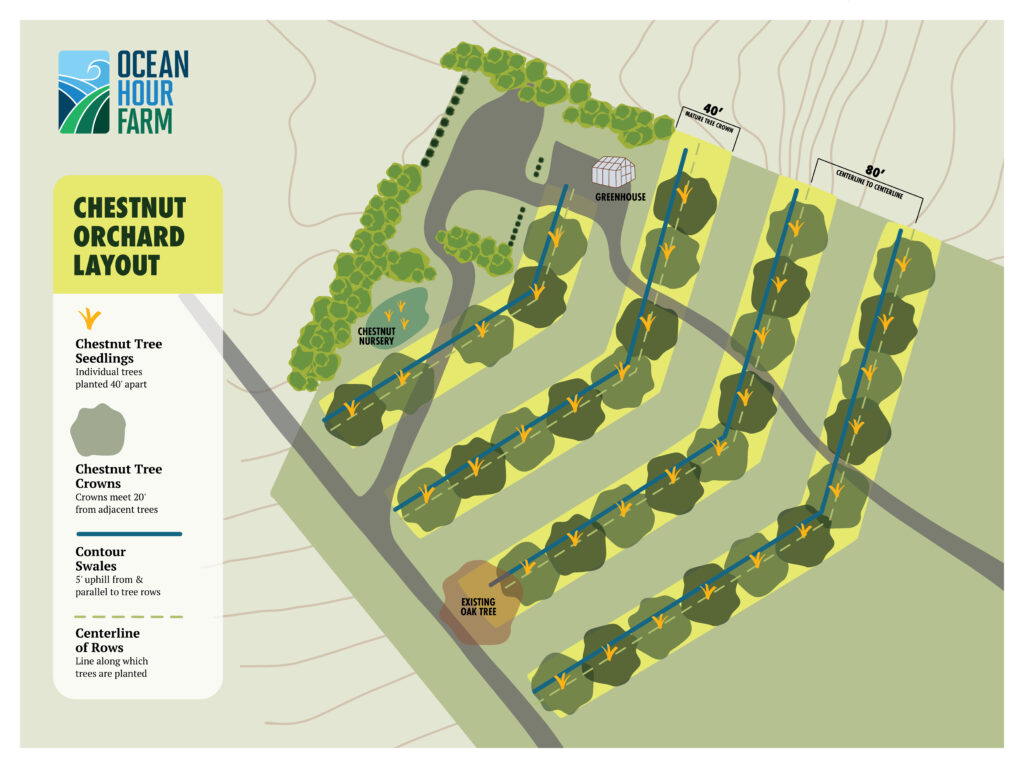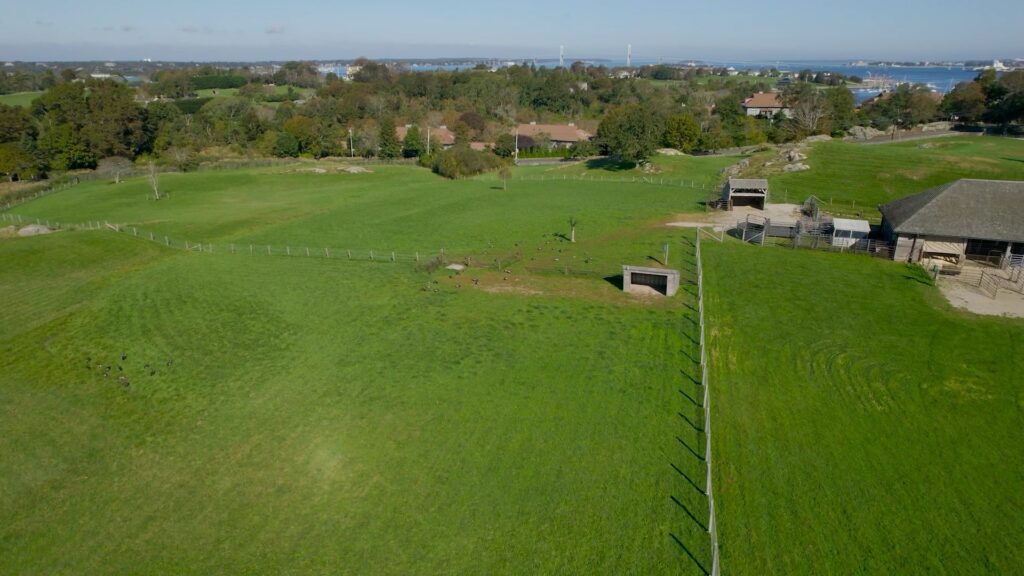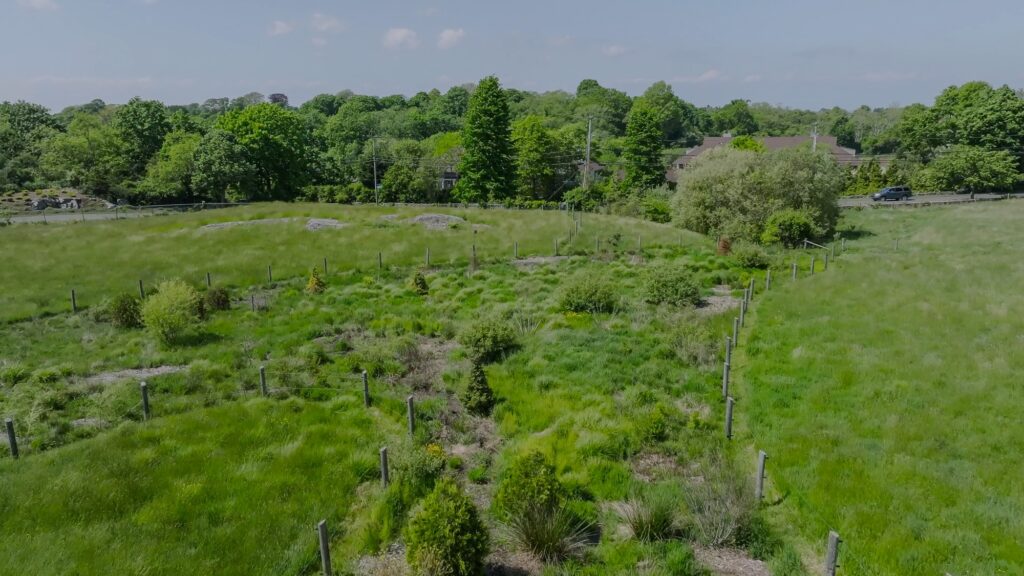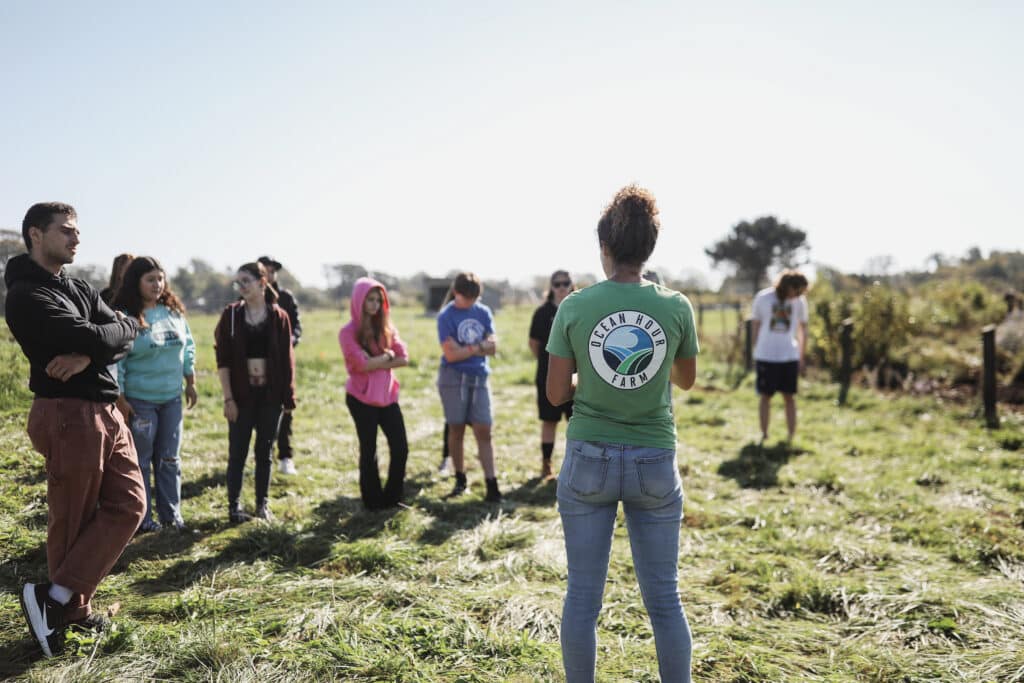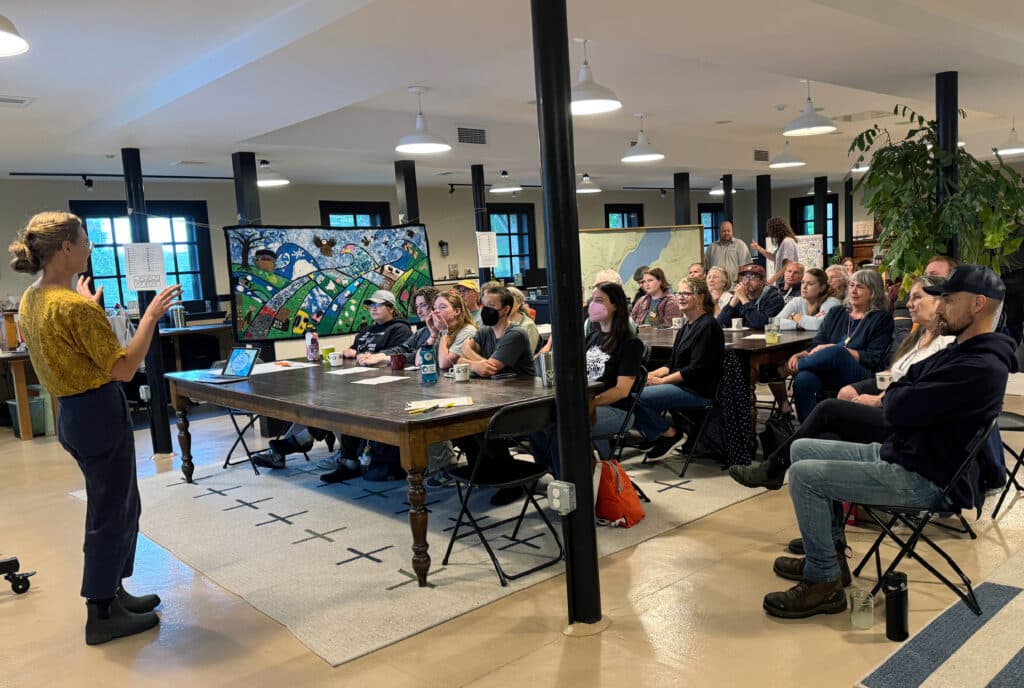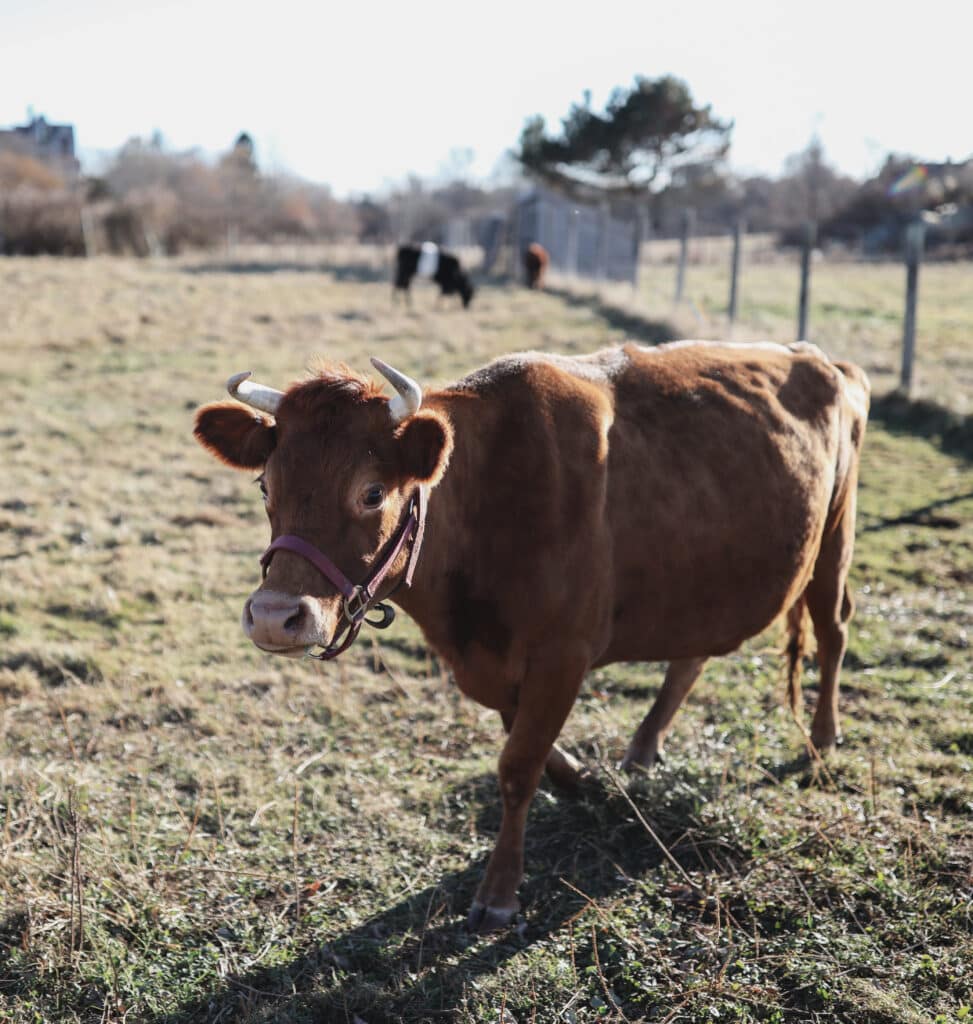Have you ever wondered how trees fit into the equation of farming? It’s easy to think about forests and farms as completely separate systems. This is especially true when we examine conventional and industrial farms. But if we erode the barrier between the two, we can observe many neat benefits, from diversity of wildlife and crops to protection of the ecosystems around the farms. When agriculture and forests are blended together, the magic that happens is called agroforestry. There are several different ways that agroforestry can be implemented.
Silvopasture
When livestock graze on forested areas or when trees are planted in pastures to provide more food sources or shade, the resulting integration is called silvopasture. Besides offering food and shelter to grazing animals, the trees will add organic matter to the pasture soil as they drop leaves, increasing soil quality. The trees themselves can be crops: fruit, nut, and firewood trees are common additions to silvopasture landscapes. They’re also a great place for wildlife, such as songbirds, to find habitat.
Alley Cropping
Alley cropping is the concept of planting trees or shrubs in rows. This creates alleys within which farmers can grow crops. Often, the trees that form the alleys are also crops themselves, such as fruit or nut trees, or are harvested as sources of wood. Alley cropping allows farmers to create microclimates in between different canopy heights. It also offers space to rotate crops, which can improve soil health and positively impact the farm’s yield.
Riparian Buffers
Areas of trees, brush, or woodland between agricultural spaces and natural habitats are called buffers. There are many types of buffers. Some provide wind breaks, and others shield from noise. When a buffer stands between a farm and a water source or wetland, it’s called a riparian buffer. Buffers serve as vital protection for these delicate ecosystems, such as watersheds, from pollutants like agricultural runoff and erosion. They also help protect farms from downstream flooding when water sources overrun their banks.
Agroforestry in practice at Ocean Hour Farm
Trees are integrated into our landscape all across Ocean Hour Farm. In our perennial pastures, where our livestock spend their days grazing in rotation, sixty young linden trees provide shade and shelter, and as they grow, their leaves and flowers will offer an early food source for the grazers and the bees in spring. When the linden trees are old enough, we’ll coppice them and use their wood for fenceposts.

